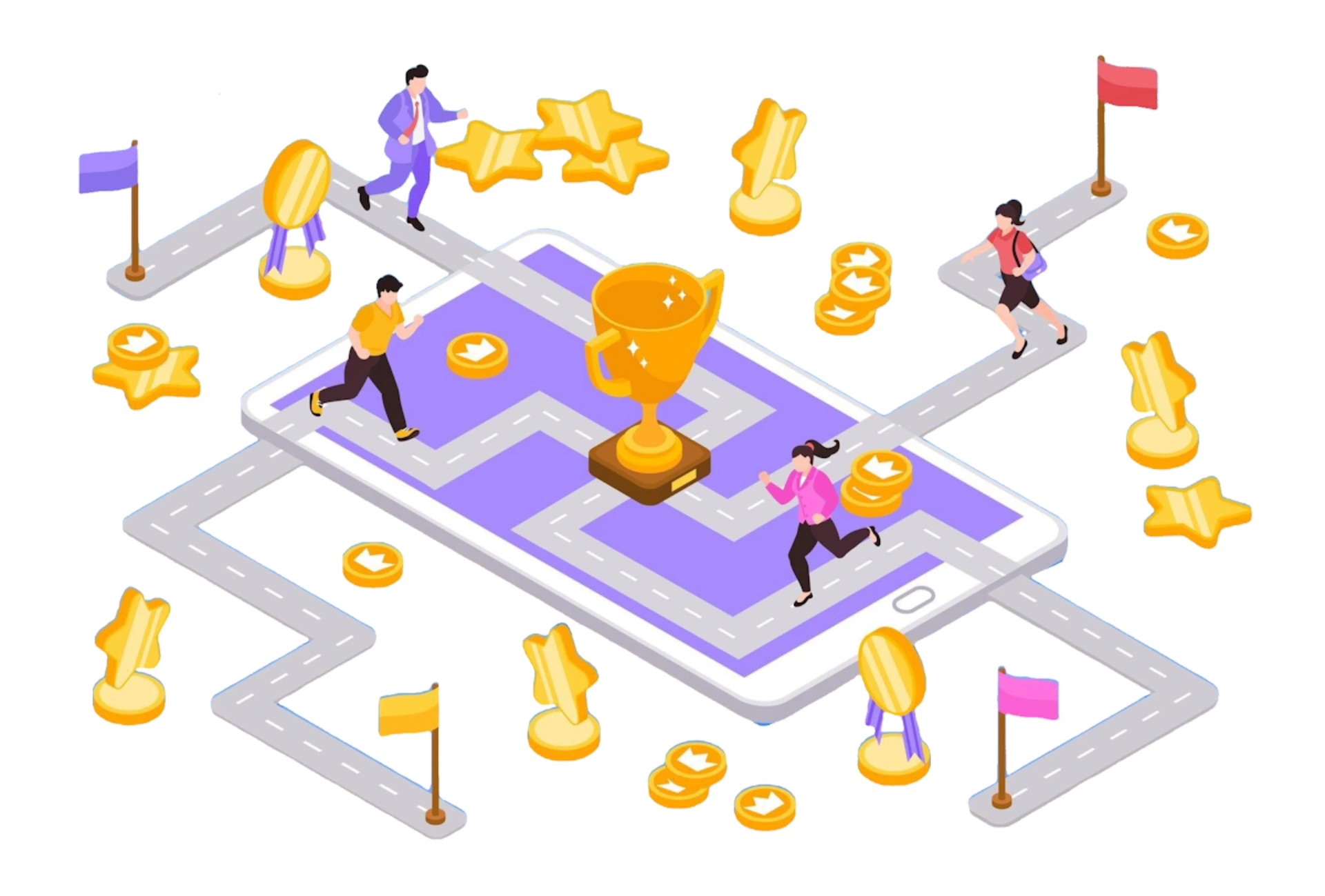Unlocking Growth: The Surprising Role of Gamification in Driving Customer Engagement
-
Written by
mrpd123
-
Category
Blog
-
Date
November 21, 2025
In today’s highly competitive digital landscape, brands are constantly seeking innovative strategies to attract, retain, and engage customers. While traditional marketing techniques still matter, user attention spans are shorter than ever, and businesses need something more powerful to stand out. This is where gamification comes in. The surprising role of gamification in boosting customer engagement has evolved from being a trendy buzzword to a proven method that enhances user experience, increases interaction, and drives long-term loyalty.
Gamification refers to integrating game-like mechanics—such as points, badges, rewards, challenges, and progress tracking—into non-gaming environments. These elements tap into basic human psychology, encouraging participation, motivation, and a sense of achievement. When applied to customer experience, gamification not only improves engagement but also helps businesses achieve sustainable growth.

Why Gamification Works: The Psychology Behind It
To understand the surprising role of gamification in boosting customer engagement, it’s essential to look at how the human brain responds to game mechanics. People naturally enjoy challenges, rewards, and competition. Gamification leverages several psychological triggers:
- Intrinsic Motivation
Humans seek enjoyment, curiosity, and a sense of mastery. Gamified tasks provide small but meaningful achievements that keep customers actively involved.
- Extrinsic Motivation
Rewards such as discounts, coupons, or redeemable points incentivize users to keep coming back, complete tasks, or try new features.
- Dopamine Release
When users earn rewards or accomplish goals, their brain releases dopamine—the “feel-good” chemical—making the experience more memorable and encouraging repeat actions.
By tapping into both emotions and motivation, gamification turns routine customer interactions into enjoyable experiences that lead to stronger engagement.
How Gamification Drives Customer Engagement
Companies across industries—e-commerce, education, fitness, banking, and even healthcare—are adopting gamification to reshape user experiences. Here’s how it contributes to increased engagement:
- Enhances User Interaction
Gamification encourages users to be active participants rather than passive visitors. Whether it’s spinning a wheel for rewards, completing daily challenges, or collecting badges, customers stay engaged for longer durations.
- Increases Customer Retention
Retention is the backbone of business growth. Gamified platforms encourage repeated interactions through streaks, reward cycles, and milestone achievements. Users stay committed because they don’t want to break their progress or lose rewards.
- Encourages Behavioral Change
Gamification is a powerful tool for encouraging desirable behaviors—like completing a profile, making repeat purchases, or referring friends. When rewarded, users are more willing to take the desired action.
- Creates Personalized Experiences
Modern gamification systems use customer data to deliver personalized challenges and rewards. When people feel the experience is tailored to their interests, they are more motivated to participate.
- Promotes Brand Loyalty
Customers who feel connected and rewarded are more likely to trust the brand. Gamification builds long-term loyalty by giving customers reasons to come back—even if they’re not ready to make a purchase.
Real-World Examples of Effective Gamification
Understanding the surprising role of gamification in boosting customer engagement becomes easier when we look at successful real-world applications:
- Starbucks Rewards
Starbucks uses a star-based point system where customers earn stars for each purchase. As users collect stars, they unlock rewards like free drinks and exclusive offers. This simple gamified system has significantly increased customer loyalty and repeat business.
- Duolingo
The language-learning platform uses streaks, points, levels, and achievements to keep learners motivated. Its gamified experience is one of the biggest reasons behind its massive global user base.
- Nike Run Club
Nike encourages fitness enthusiasts to stay active by offering challenges, rewards, and leaderboard rankings. These elements help users stay motivated and engaged with the brand.
These examples highlight how well-designed gamification can transform customer behavior and boost engagement in meaningful ways.
Key Gamification Elements That Drive Growth
If you’re considering using gamification in your business, here are the most effective components:
- Points & Rewards
Points give customers a tangible reason to participate. They can be redeemed for discounts, gifts, or exclusive features.
- Badges & Achievements
Achievement badges trigger pride and satisfaction. Customers enjoy showing them off, which increases loyalty and social sharing.
- Challenges & Quests
Short-term or long-term challenges motivate users to stay committed. They turn routine actions into exciting goals.
- Progress Bars
A simple progress bar can significantly increase task completion rates. It visually encourages users to finish what they started.
- Leaderboards
Competition pushes people to participate more actively. Leaderboards work exceptionally well in fitness, gaming, and social apps.
When used thoughtfully, these elements can significantly improve the customer experience and contribute to business growth.
How Gamification Fuels Business Growth
Beyond engagement, gamification offers measurable growth benefits:
- Higher Conversion Rates
By making interactions more fun, gamification encourages customers to move through the sales funnel more quickly.
- Increased Customer Insights
Gamified interactions provide valuable data about customer preferences, behaviors, and motivations.
- Improved Brand Visibility
Reward-based sharing increases social media engagement and draws new customers.
- Motivated Users
Customers feel valued and appreciated when rewarded, fostering deeper emotional connections with the brand.
Simply put, gamification bridges the gap between customer expectations and business goals—resulting in sustainable growth.
Conclusion
Gamification is no longer just a trend—it is a powerful strategy that companies use to deepen relationships, motivate users, and encourage participation. The surprising role of gamification in boosting customer engagement lies in its ability to make everyday interactions enjoyable and rewarding. By understanding human psychology and incorporating game-like elements into customer journeys, businesses can drive engagement, loyalty, and growth more effectively than ever before.
Brands that embrace gamification today will not only stand out in a crowded marketplace but also build long-lasting connections with their customers.


